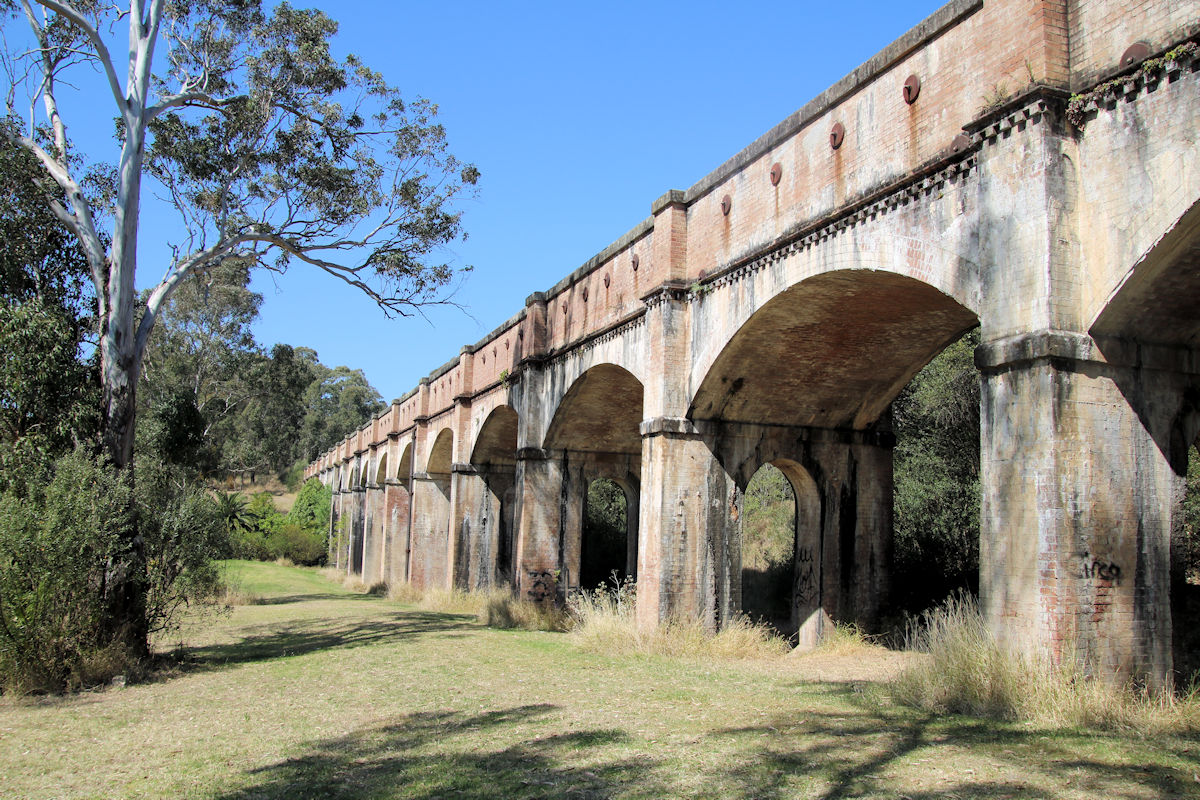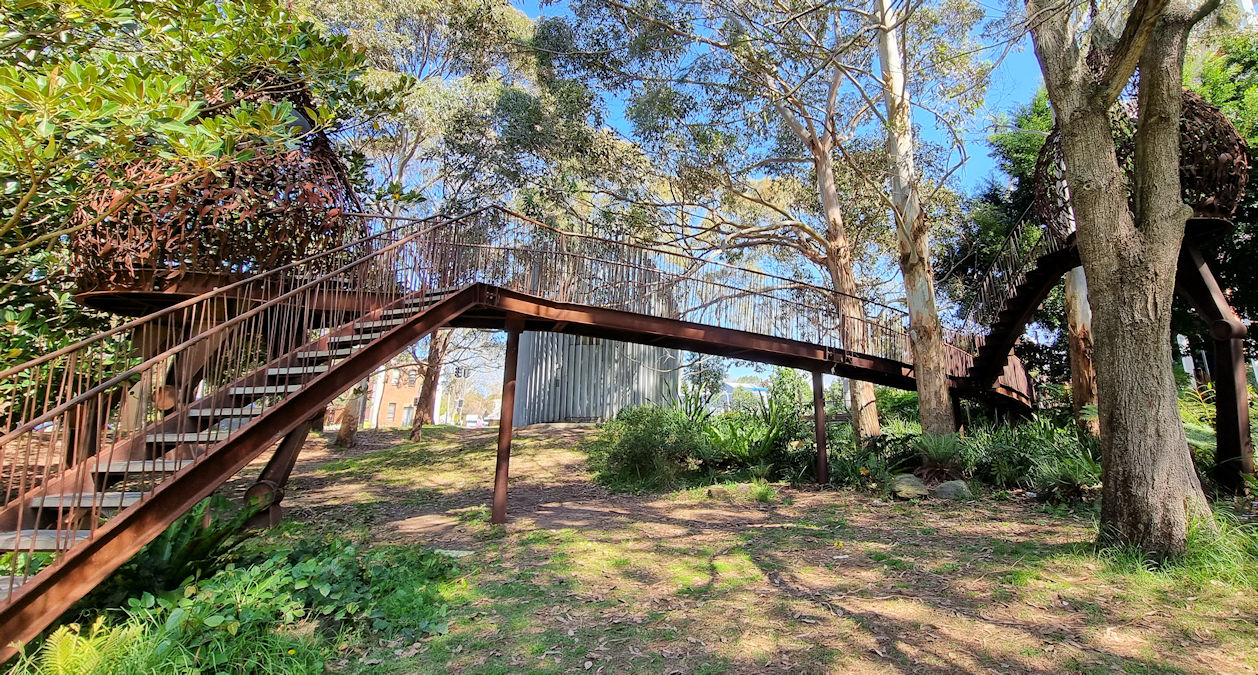Category: Sydney
-
Bondi Sculpture By the Sea 2023

Bondi Sculpture By the Sea 2023 Running from 20 October until 6 November 2023, Bondi Sculpture by the Sea 2023 boasts 110 sculptures. Placed along the 2 km Bondi to Tamarama walk, they have the beautiful coastline as a backdrop. Getting There Because parking is limited at Bondi Beach, we took public transport. Catching the… Read more
-
Boothtown Aqueduct Sydney

Boothtown Aqueduct Sydney Built between 1886 and 1888, the Boothtown Aqueduct was part of the Upper Nepean Scheme to convey water from the new Prospect reservoir to the new Potts Hill reservoir. In 1907 the aqueduct was by-passed with a 3 metre wide, reinforced concrete syphon, built on the southern side that allowed the water… Read more
-
Eveleigh Tree House

Eveleigh Tree House Built in 2019, the Eveleigh Tree House was designed as a retreat from the bustle of everyday life and is aimed at both adults and children. Constructed out of steel and recycled hardwood, the structure is an impressive 10m x 20m x 12m tall. A collaboration between Nell, Cave Urban and Carriageworks,… Read more